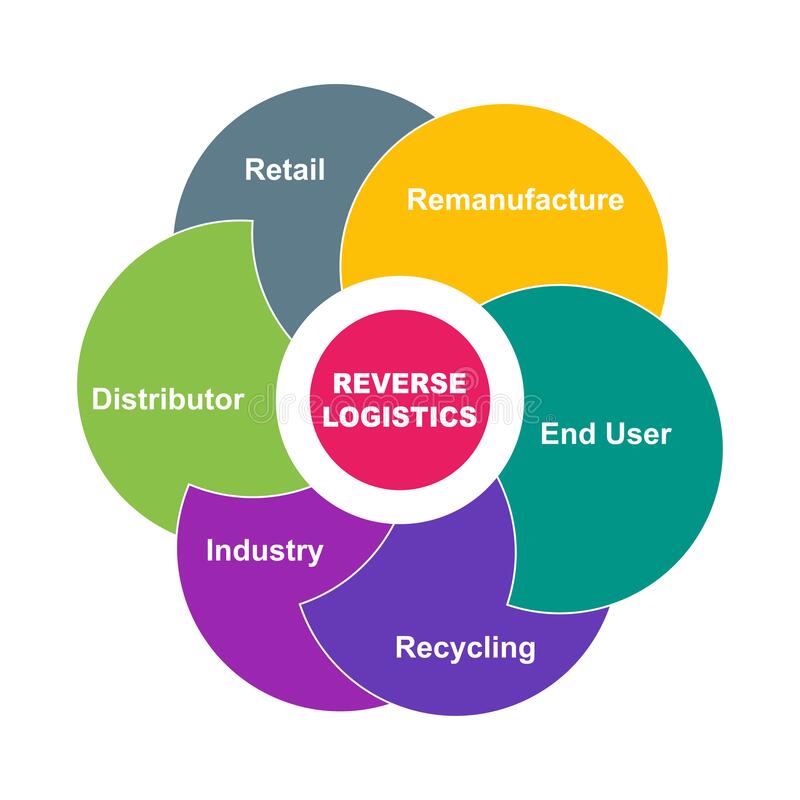Dealing with customer feedback is most businesses’ least favorite task. Today’s supply chain managers are primarily concerned with streamlining the movement of goods from suppliers to customers. Reverse logistics is in the same predicament as the product inflow into warehouses 20 years ago, when businesses were more concerned with the product outflow. Contrary to what its name might imply, reverse logistics really operates in the exact opposite manner by handling numerous consumer returns and, unless a better option exists, may even send them back to suppliers.
All businesses are concerned about reverse logistics, regardless of where they are in the supply chain. The first thing that comes to mind is the high number of returns that retailers have to deal with, particularly during certain times of the year, like just after the holiday season, but it goes beyond that. Since returns have an impact all the way down the supply chain, this is really just the tip of the iceberg.
You are welcome to get in touch with 3PL Links at any time for all of your logistics needs.
Some of our reverse logistics solutions to better manage your returns
The fundamental steps of a returns management process are the same regardless of the company. These are the main points:
Analyze the current situation:
What are the causes of return to your business? What is your current return policy? What process do you have in place to deal with them? What volume do you deal with annually? How do your customers rate your performance? How do you position yourself in relation to your competitors? Here are some questions that should allow you to establish your priorities in terms of managing returns.
Define your returns management strategy:
Analyze how effective returns management could help you lower expenses, enhance customer service, and even boost revenue. At this point, it is appropriate to assess some unique ideas, such as the option of either selling a product that no longer meets our quality standards on a secondary market rather than destroying it, or even disassembling the return into spare parts that can be used to make new products or sold as replacement parts. Once your goals have been established, you can create your returns policy in accordance with them.
Designing the Future Returns Management Process:
It is significant to remember that the returns management process starts long before the goods is returned. From the very beginning of the product development process, refunds should be taken into account.
Decide between outsourcing returns management or not:
Outsourcing this management will, of course, allow you to concentrate on your core competencies and avoid incurring the costs of acquiring this knowledge, or even profit from the cost reductions offered by the subcontractor’s knowledge. But one thing is certain: like every outsourcing choice, it ultimately comes down to evaluating the advantages and disadvantages and economically quantifying each.
Continuously reassess and improve the process:
Although this phase is present in every process but is frequently skipped, leaders are nonetheless responsible for it. As said so eloquently by the CEO of a major online art retailer: “Our strategy is to process returns promptly, while striving to keep them to a minimum.” The success of this business is most definitely not unrelated to this mindset.
Implementing best practices
There are some standard procedures that should be followed while creating a new returns management process. First, depending on the nature of the goods and the purchasing/distribution network, it is frequently suitable to allow returns through a specialized center or call center. This allows for the very first diagnostic and helps to prevent illegal returns, such as those where the consumer has not completely grasped how the product works or where the return is prohibited by the company’s return policies because of the date of purchase or for any other reason.
As soon as the returns are received, you must make sure to follow them through every step of the processing procedure and in accordance with the kind of returns. It may be useful to centralize their processing if the volume processed is high. This is particularly true when vendors need a certain quantity of products before they’ll accept a return. A return request can be sent to the supplier, pick-up instructions for returns can be issued at the warehouse, and labels and other delivery documentation can be printed once the minimum volume of products held in a common area is reached.
From challenging issue to tactical advantage
All firms face numerous issues related to returns, but what better way to begin realizing the need for management improvement than by assessing what it costs you in terms of returns? Then, consider how you could take advantage of your input to boost sales or enhance customer experience. This is a question that some businesses have posed to themselves and have found satisfactory answers. Who knows, maybe you’ll be able to use this challenging issue as a tactical advantage as well.




